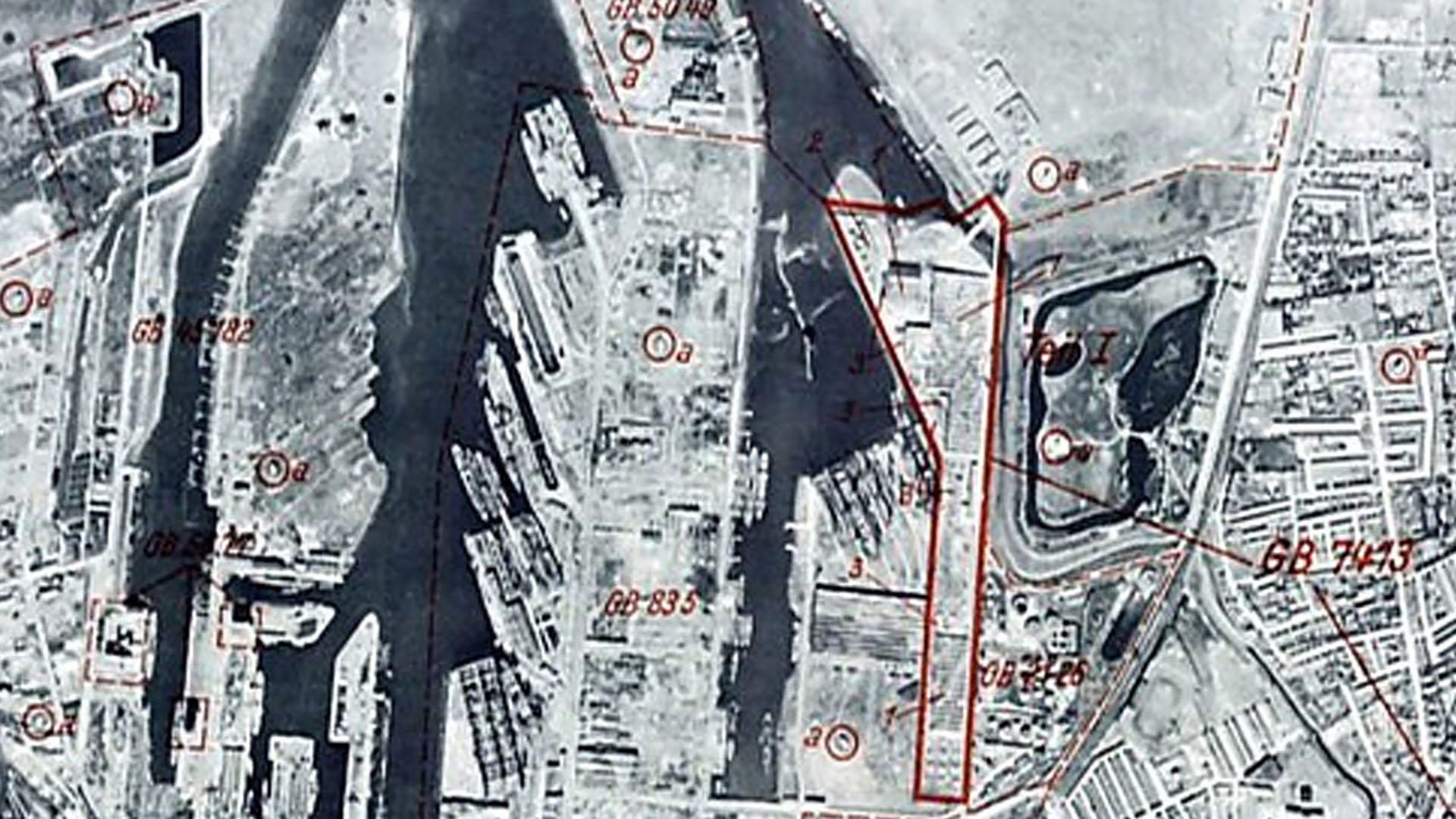By Spring 1941, the Luftwaffe's aerial attacks on Great Britain had been ongoing for some 6 months. Almost every night saw a new attack on British cities throughout the cold, dark winter of 1940-1941. Exhausted German aircrews, unaware that they would soon be staging an invasion of the Soviet Union, focussed all their strength on the bombing of Britain.
On 5th April 1941, Luftwaffe Pilot Oberleutnant Walther von Siber attended a meeting near an airbase in Cambrai, Hauts-de-France, France. In attendance was Luftflotte Commander Field Marshal Albert Kesselring. The aim of this meeting, to decide upon new strategic targets to bomb in the light of the upcoming full moon. Officers built crude models of cities in the sand to help aircrews visualise their targets. Within 24 hours, Luftwaffe Bomber Crews along the coast of Northern France readied themselves. Crews based around Paris temporarily made moves into the Netherlands. The whole of Great Britain and Northern Ireland was within reach of German Bombers. According to Von Siber, among the mentioned targets was the city of Belfast.
At least 3 waves of Luftwaffe Bombers approached the United Kingdom. One flew from the Netherlands or Belgium, a second from close to Cherbourg, Normandy, France, and a final wave from Norway. According to official Luftwaffe records, 517 Bombers departed their bases bound for Britain. Over France and the Low Countries, the weather was ideal for a raid, with good visibility and light winds. The believed weather over the United Kingdom to be similar but on arriving over northern England, they found many targets obliterated by almost total cloud cover. Confusion and desperation spread among the hundreds of Bomber Crews. The R.A.F’s intelligence service’s radios crackled with hundreds of messages from Pilots unable to find their targets or get their bearings.
The primary targets on 7th April 1941 were Glasgow, Clydebank, and Greenock in Scotland. The Scottish docks, shipyards, and ports had already fallen victim to Luftwaffe bombs the previous month. Secondary targets for the evening included Dumbarton, Liverpool, and Newcastle. With poor weather across much of Great Britain, Bombers diverted for any available targets. During the night, bombs fell once again on London but also on Bristol and Plymouth. We will never know whether Belfast was set as a secondary target for 7th April 1941. Following the raid, a Government Official claimed the city was “hit on the way to and from elsewhere”. Other evidence shows this may not have been the case.
